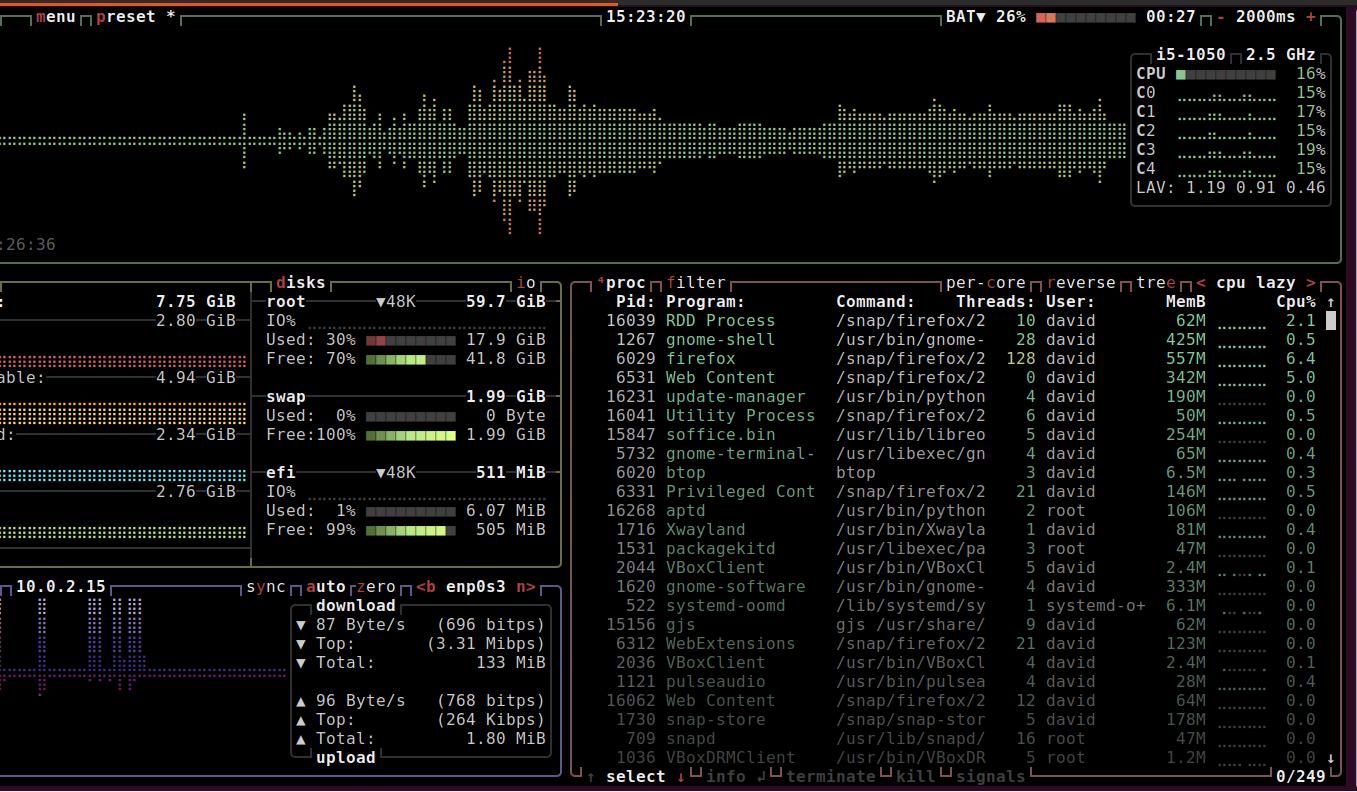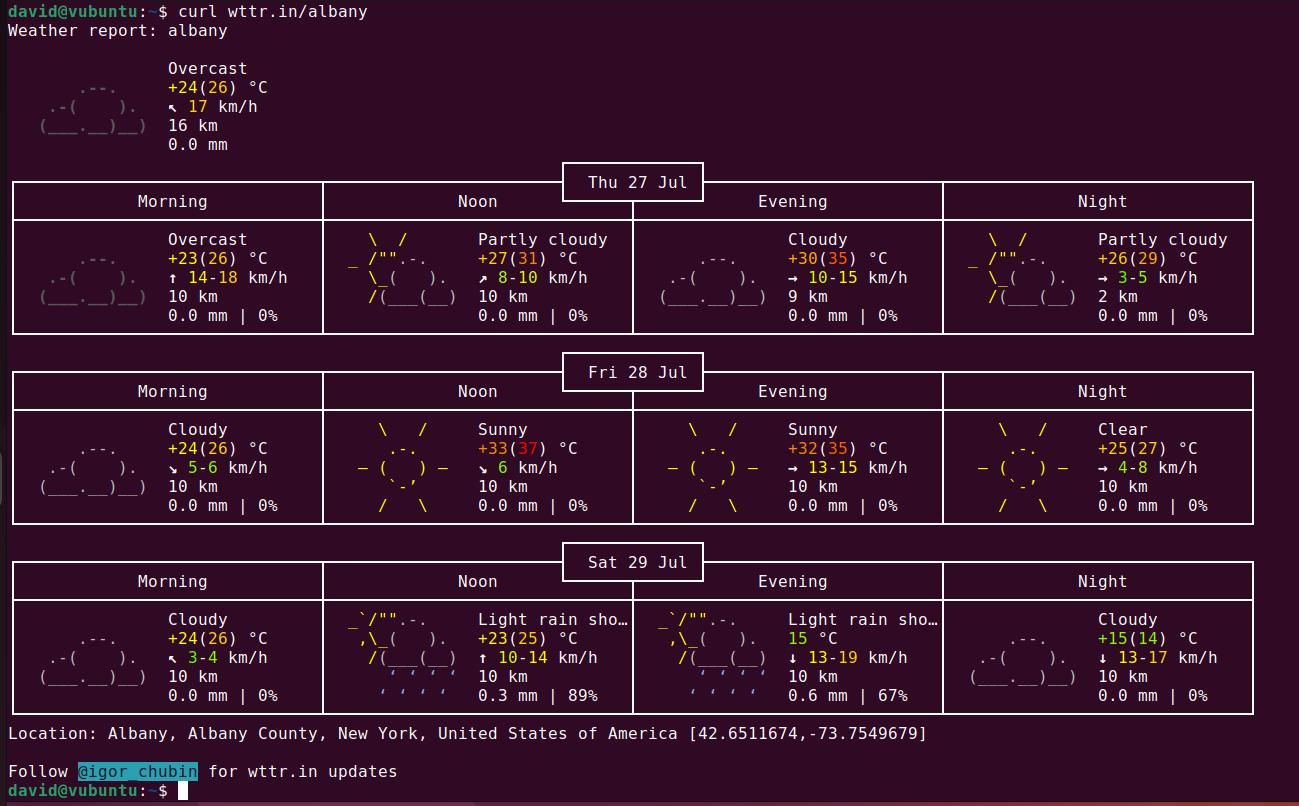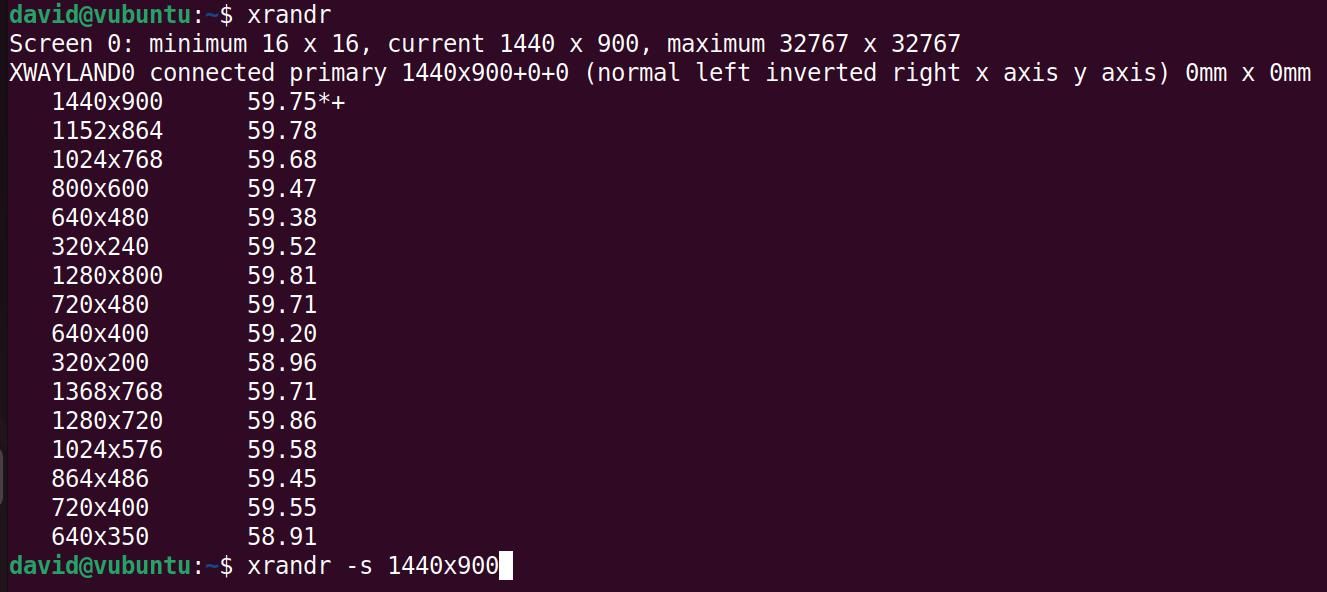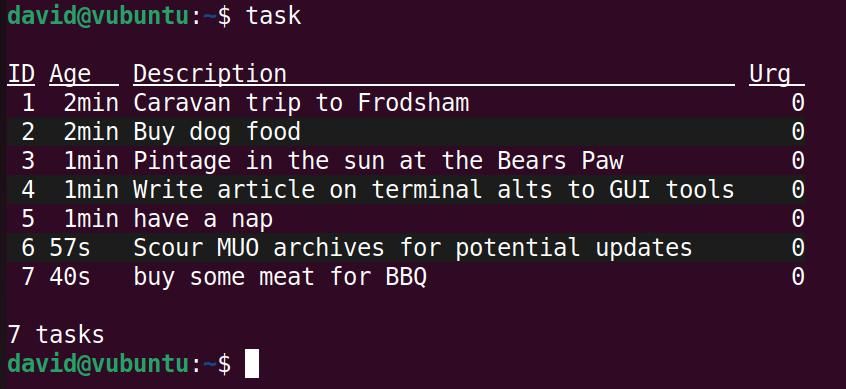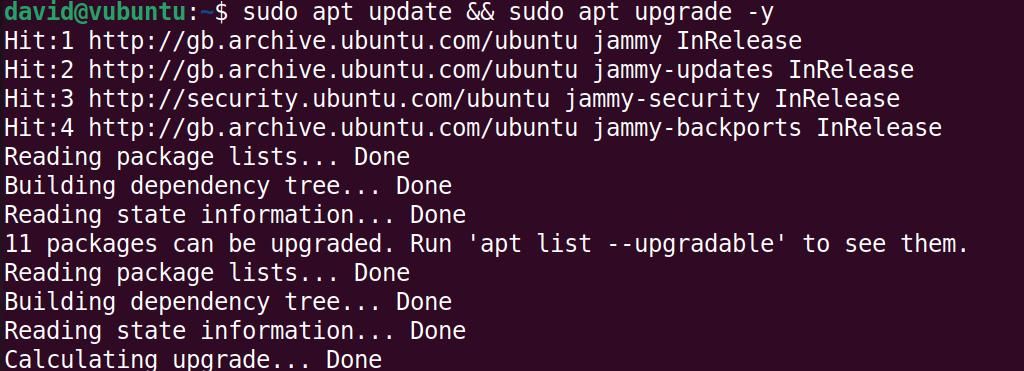Graphical User Interfaces (GUIs) were invented to make life easier for computer users, so it's counterintuitive that using them to carry out most everyday tasks can be slower and more difficult.
With Linux, the command line is king, and often, it's considerably quicker—although not always simpler—to pop open a terminal and fire off a command that will do exactly what you want it to.
Here are some Linux things that are much easier to do in the command line than with graphical software.
1. Open a Terminal
The first entry on the list is a bit of a cheat as we're referring to a keyboard shortcut rather than an actual command. But since you're using the keyboard, we're going to say it counts.
In a controlled test on Manjaro Linux with the Xfce desktop, we found it was significantly quicker to hit Ctrl + Alt + T than it was to drag our mouse over to the corner of the screen, expand the system menu, and select Terminal from a list of entries.
Even better, you can assign even shorter keyboard combos to get to the command line even faster.
2. Quickly Check System Performance
Most desktop environments have system monitors built in, although it's not always immediately apparent how to access them. On our Manjaro with Xfce virtual machine, for instance, you click System menu > System then have a choice of opening either Htop or Task Manager. Both provide similar information, but you've wasted valuable seconds to get there and put unnecessary strain on your wrists.
It's far simpler and quicker to open a terminal, type top, htop, or btop, and hit Enter. You'll instantly see memory usage, running processes, CPU usage, and more. These aren't the only command-line tools to monitor system performance, and you can quickly open any of them from a terminal.
3. Kill Any Program
Sometimes programs misbehave, and you want to close them down instantly. With the killall command, you can banish the troublesome tool without a fuss.
If you want to close the Midori web browser, but it isn't responding:
killall midori
...should do the job.
4. Check Disk Usage
It's important to know how much disk space you have on your Linux system so that you can install awesome new programs, play AAA games, and download large files without your computer grinding to a halt.
On Ubuntu, you can access the built-in Disk Usage Analyser by clicking System menu > Utilities > Disk Usage Analyser.
The initial screen will show you your disks and their available space.
If you open a terminal and type:
df -h
You'll see your disk information including the size, and used and available space for each disk, partition, and even temporary file systems.
5. Check the Weather
Checking the weather can be a chore—you need to stand up from your couch, stumble to the window, and pull back the curtains to see whether you're going to spend the day in an inferno or a deluge.
You could also open a browser, and navigate to the page of your favorite weather service, or use one of the many GUI apps available.
Even better, you can open a terminal, and fire off a single command which will fetch a beautiful three-day forecast for your chosen location, complete with ASCII art depicting sun, rain, clouds, and lightning.
You can achieve this using the curl command to query the wttr.in weather service:
curl wttr.in/your_town
6. Change Your Screen Resolution
Adjusting the screen resolution is something you may need to do on a semi-regular basis—especially if you want to create usable screenshots for tutorials.
The graphical method to change your screen resolution varies between distros, and when you eventually find the screen which allows you to alter a list, you'll need to select your preferred option from a dropdown list, click Apply, then click Keep changes or Revert, in the dialog that appears.
Instead of wasting time with a GUI, open a terminal and enter:
xrandr
You'll see a list of all available screen resolutions. Decide which one you want, then set it with:
xrandr -s 1920x1080
There's no annoying confirmation dialog, and if you don't like your new screen resolution, simply run xrandr again!
7. Transfer Files to Your Server
Most of the servers in the world run Linux, and you can easily run a server on a simple Raspberry Pi.
If you want to upload files to your server, you'd typically use File Transfer Protocol (FTP), and there are some great FTP clients available for Linux.
A quicker and better way to manage your server is to use a combination of the Secure Shell (SSH) and Secure Copy (SCP) command-line tools.
To SSH into your server so you can look around and perform file operations, simply enter:
ssh user@server.ip.address
While to copy files, you would use:
scp /path/to/your/files user@server.ip.address:/path/you/want/files/to/go/
Simple!
8. Backup Your Linux Files
Keeping your files safe and secure from harm means that you should regularly create backups and keep them in a secure location.
Copying all your files to a USB drive is one option, and many distros have an inbuilt backup utility to help you create a backup archive. Ubuntu's offering, for instance, is the aptly named Backups.
Timeshift is among the best third-party backup utilities for Linux and can help you schedule and create backups to run whenever you want.
Timeshift uses the rsync utility to create backups, so why not skip the middleman, by using the rsync command-line tool to backup your files to a remote server, and use cron to schedule them?
9. Install New Linux Software
There are many ways to install software on Linux, and most of these come with a GUI front end. The most popular distros will come with a software center where you can search for and install apps on your system.
But software stores on Linux aren't without their problems, and most have historically had issues with being slow, unresponsive, and not the best at finding what you're looking for.
Installing packages on the command line can be super simple. On Debian-derived distros, for instance, you can search the repositories with:
apt search package_name
...and install whatever package you choose with:
sudo apt install package_name
Equivalent tools exist for Arch Linux, Fedora, openSUSE, and Alpine.
Using the command line, you can also add software from non-standard PPAs, and even compile from source.
10. Manage Your To-Do List
A to-do list is essential if you want to actually get things done, and while you can use Google Keep to make a to-do list, or even create a custom to-do list in Google Sheets, these are unnecessarily complicated.
Taskwarrior is a command-line tool that makes managing your to-do lists easy and is available in the default repositories of most major distros.
Once it's installed, managing tasks is easy. You can add a task with:
task add write an article for MUO
List your tasks with:
task
Mark a task as complete with:
task done x
...where x is the number corresponding to a task.
More task management options are available, but the basics will be sufficient for most people, and it's certainly more efficient than creating a Google Sheets document!
11. Update Your Software
Beginner-friendly distros such as Ubuntu come with an automatic software updater, the GUI for which will invariably pop up when you're doing something time-critical and important.
Instead of relying on this tool, waiting for the password prompt, and spending the time in a state of low-grade irritation, open a terminal, and if you're on Ubuntu or Debian, enter:
sudo apt update && sudo apt upgrade - y
Arch users can instead type:
sudo pacman -Syu
12. Search for and Watch YouTube Videos
YouTube is probably the biggest repository of videos in the world, but you don't need to open a web browser and be subjected to annoying ads to use it.
Instead, you can use ytfzf in your terminal to watch YouTube videos. ytfzf is a command-line tool that uses the Invidious API to search for the video you want, then employs yt-dlp to download and stream the video to mpv.
It's simple, easy, and efficient, and you can do it from any terminal window.
You Can Do Things More Efficiently in the Linux Terminal!
All 12 things we've listed in this article offer an easier or more efficient way of doing things for which you'd otherwise reach for a GUI.
The Linux terminal doesn't need to be scary, and once you're comfortable carrying out common tasks, there are ways to shorten commands to make them even more efficient.


